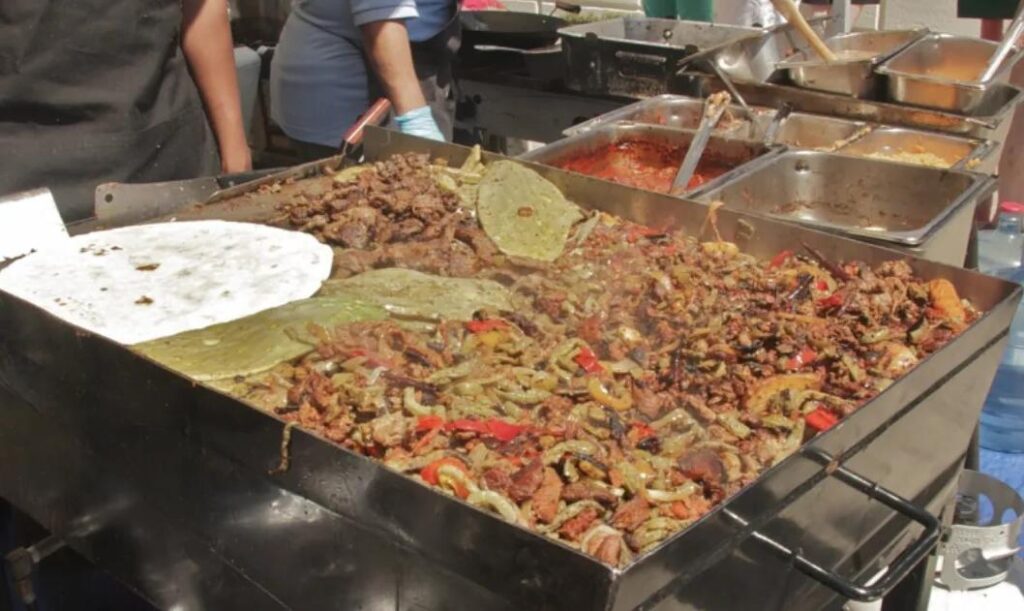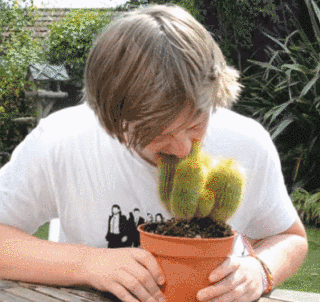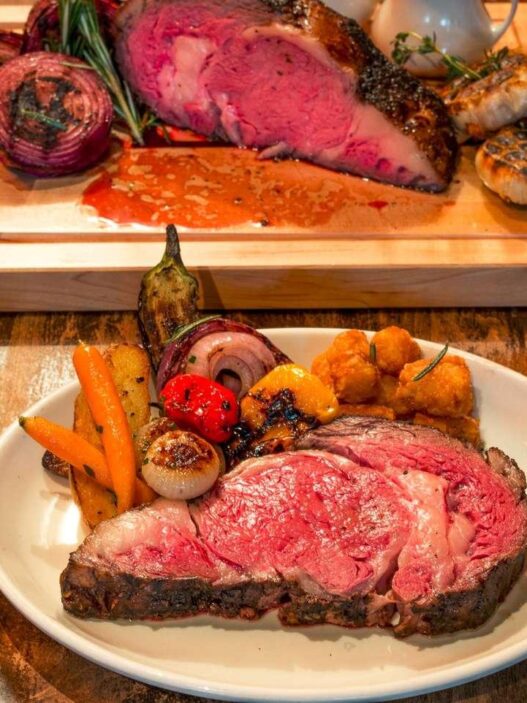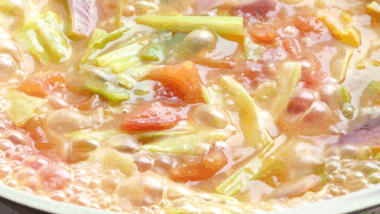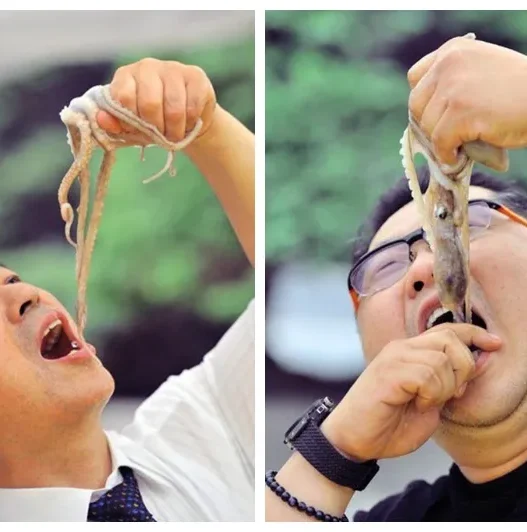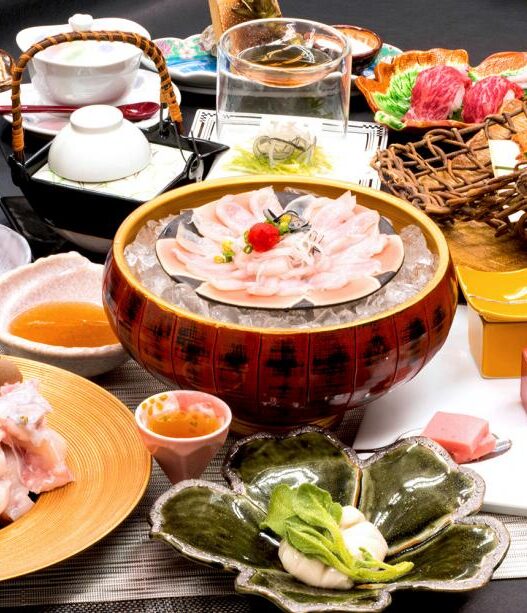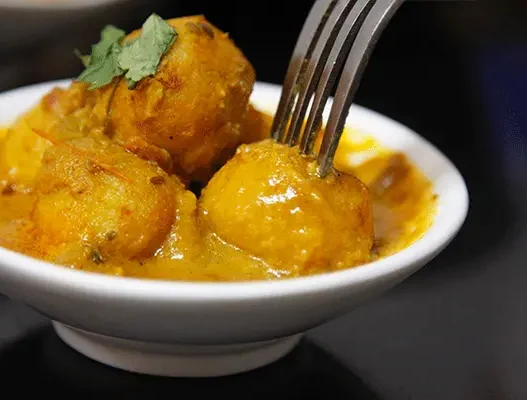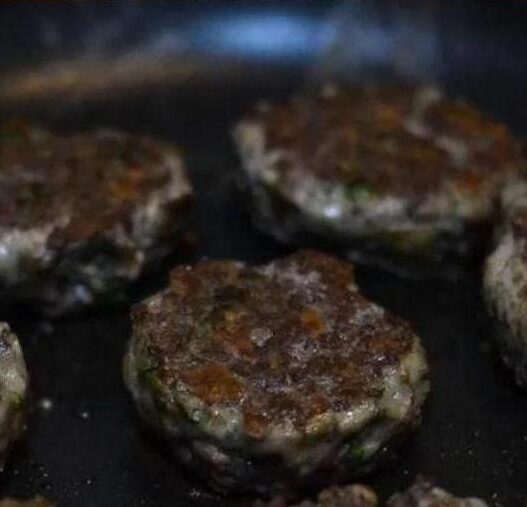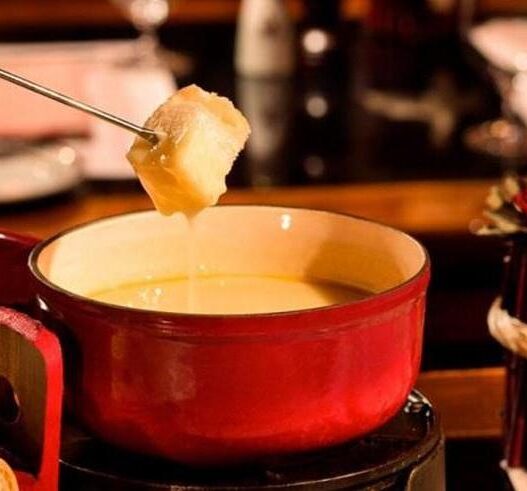It’s well known that cacti are incredibly resilient, and to protect themselves, they’re often covered with numerous sharp spines.
A mere brush against one can result in injury. Eating this plant is not just a dream, but even getting close is a luxury.

Yet, there’s a country where the people not only consider the cactus their “national flower” but also have a particular fondness for eating it.
That country is Mexico. In fact, “eating cactus” is not an uncommon practice abroad.
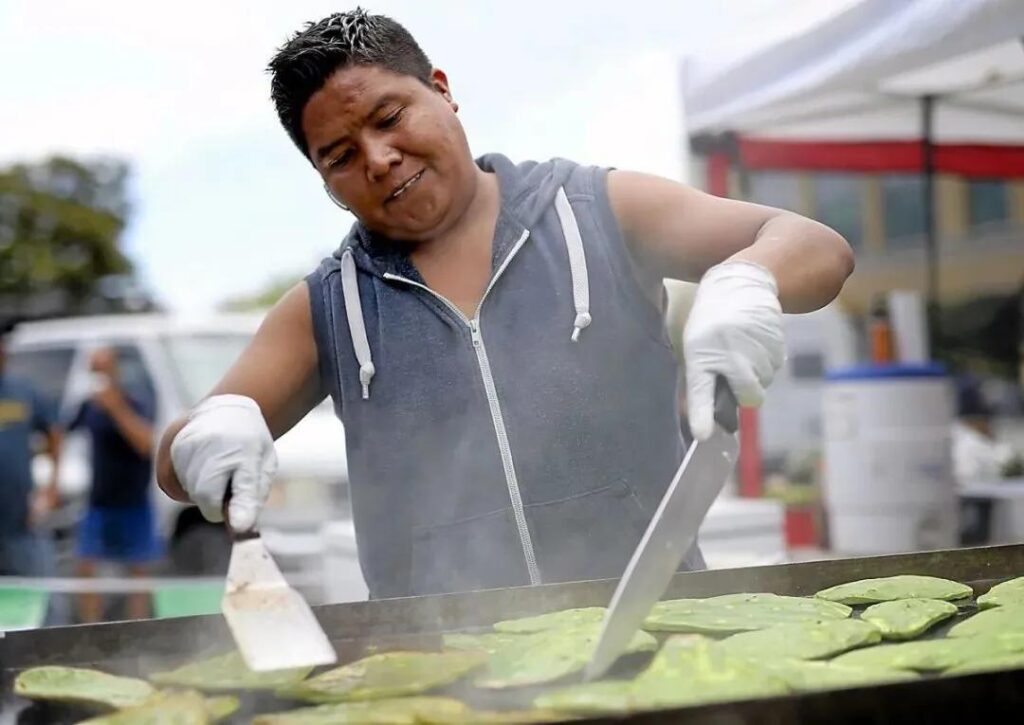
In their eyes, the spines of the cactus are a symbol of warrior’s honor, and everyone takes pride in swallowing more spines.
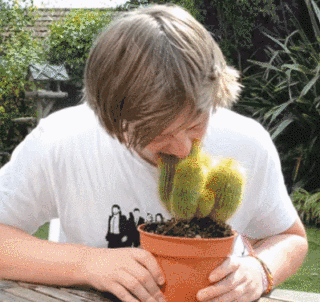
As for tomorrow’s bathroom visit? Who cares, just flush it away, bros.

There’s a blogger named “Jeffabel and Friends” who is famous for eating cacti, and I’d call him a role model.

Because he actually swallowed a cactus whole, without any preparation, spines and all.

Back to Mexico, this country has had a long-standing relationship with cacti.
You can catch a glimpse of this in their flag:
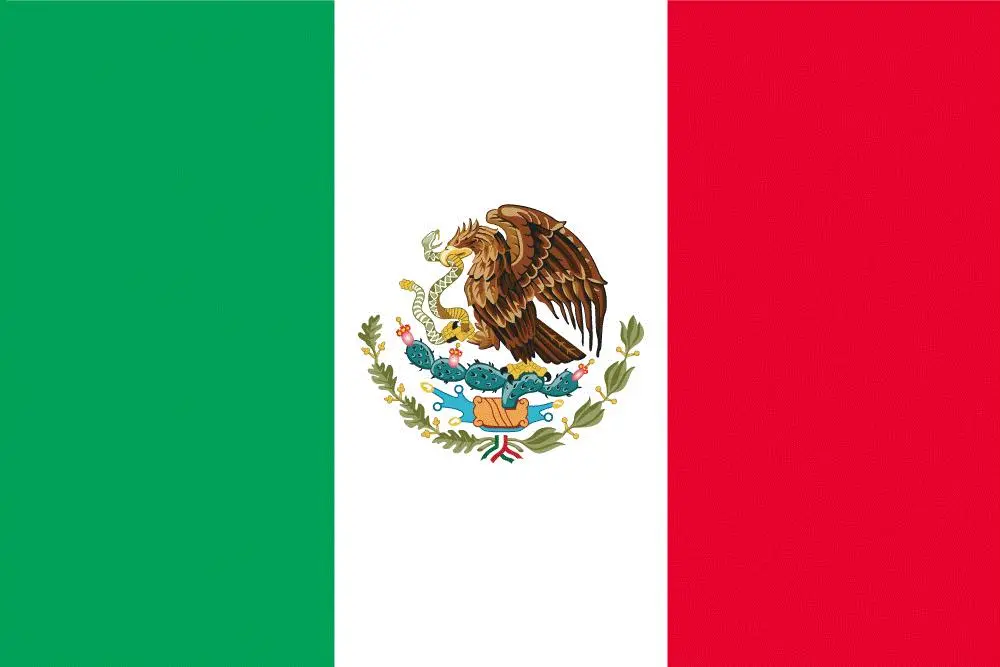
A Mexican eagle holding a rattlesnake, standing majestically on a cactus.
The land beneath the eagle’s feet would become Mexico City.
Hence, Mexico is also known as the “country born on a cactus.”
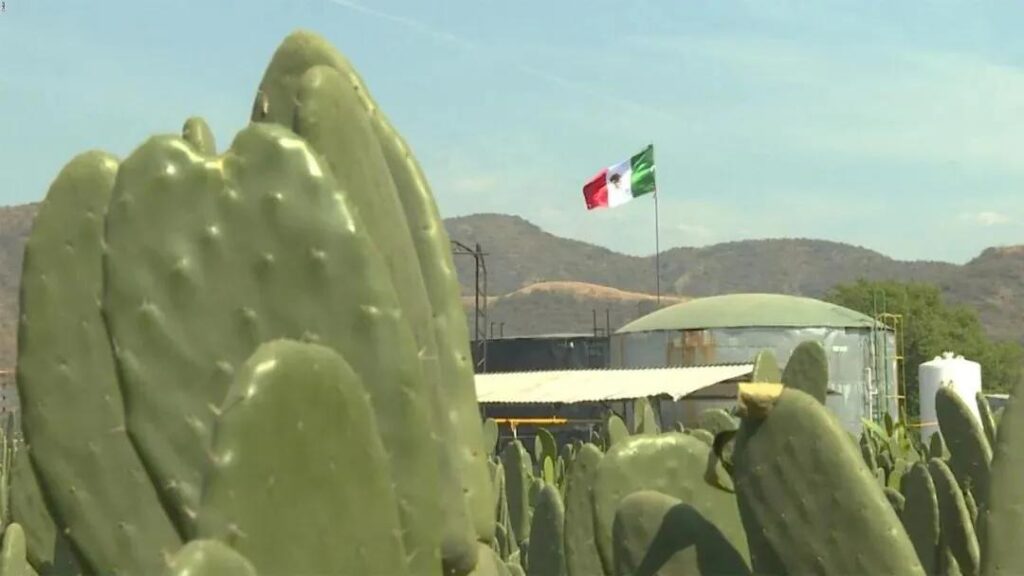
As one of the origins of cacti, Mexico boasts over 500 out of the world’s 1000+ species.
This abundant resource naturally became the Mexicans’ “natural ingredient.”
Of course, Mexicans don’t eat cacti with their spines and tough skin like foreigners might.
They first remove the spines and the outer layer before cooking.
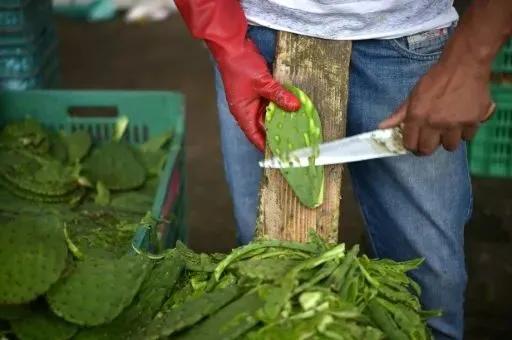
A de-spined cactus is not much different from our regular vegetables or fruits.
And the ways Mexicans prepare cacti are diverse.
Among the classics is “Grilled Cactus.”
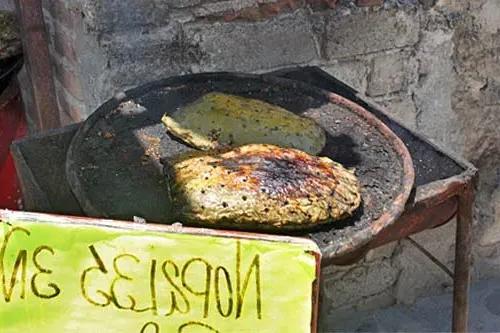
Once grilled, the cactus loses most of its water, then seasoned with chili powder, olive oil, and onions, and three pieces can fill you up.
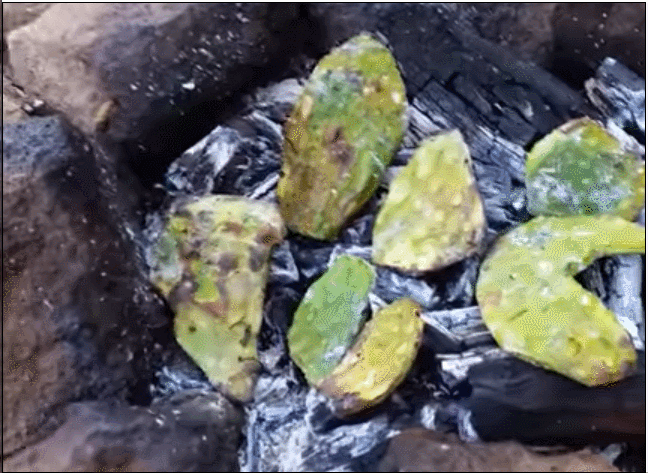
Mexicans relatively prefer vegetarian dishes.
Thus, they make salads, often paired with smoothies, which is a common way to eat cacti.
Clean and hygienic, bros.
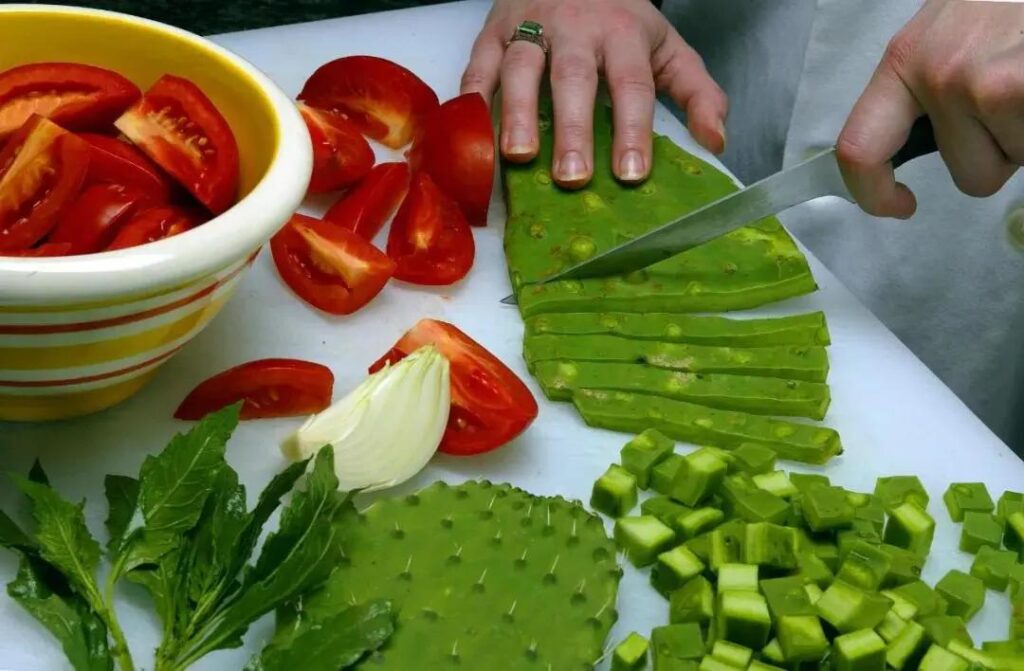
Some Mexicans use it as a taco shell, topping it with beef and cheese.
Crisp and chewy, it also looks quite appealing.

A Chinese netizen who lived in Mexico recommended a Chinese-style dish:
Stir-frying cactus with beef and chili, said to be very appetizing with its sour and spicy flavor.
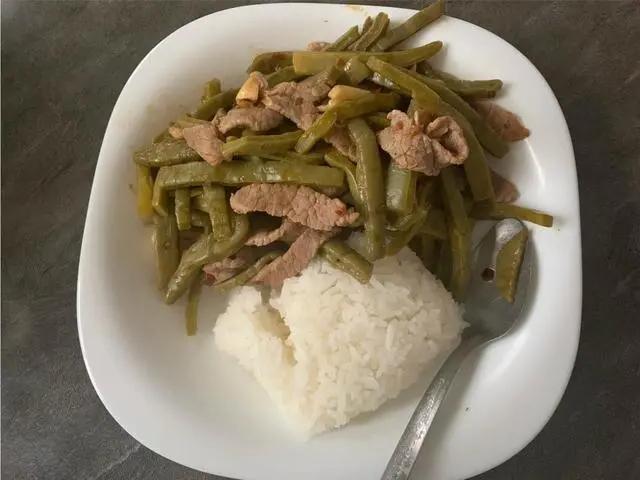
Because of the slight acidity in cacti, it pairs well when stir-fried with eggs.
Cacti are often included in many Mexican dishes, whether in high-end restaurants or home cooking.
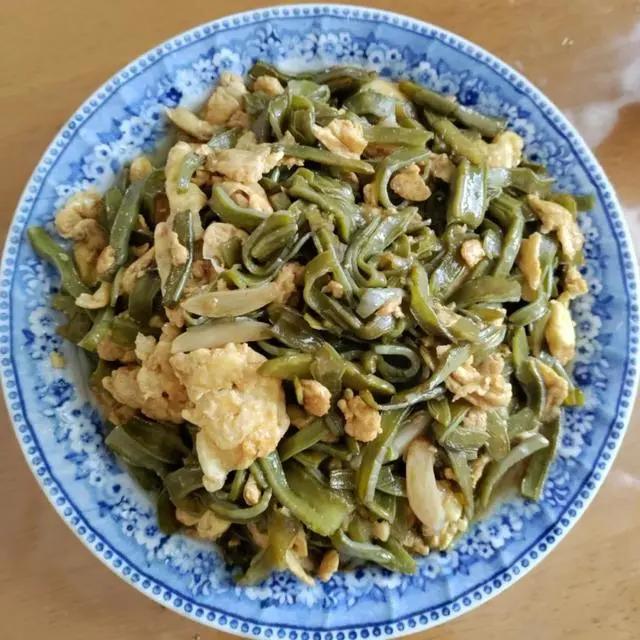
Besides being made into food, cacti can even be processed into drinks.
Mixing cacti with parsley, grapefruit, fresh orange, and other ingredients to make juice results in the authentic Mexican street drink “Jugo Verde.”
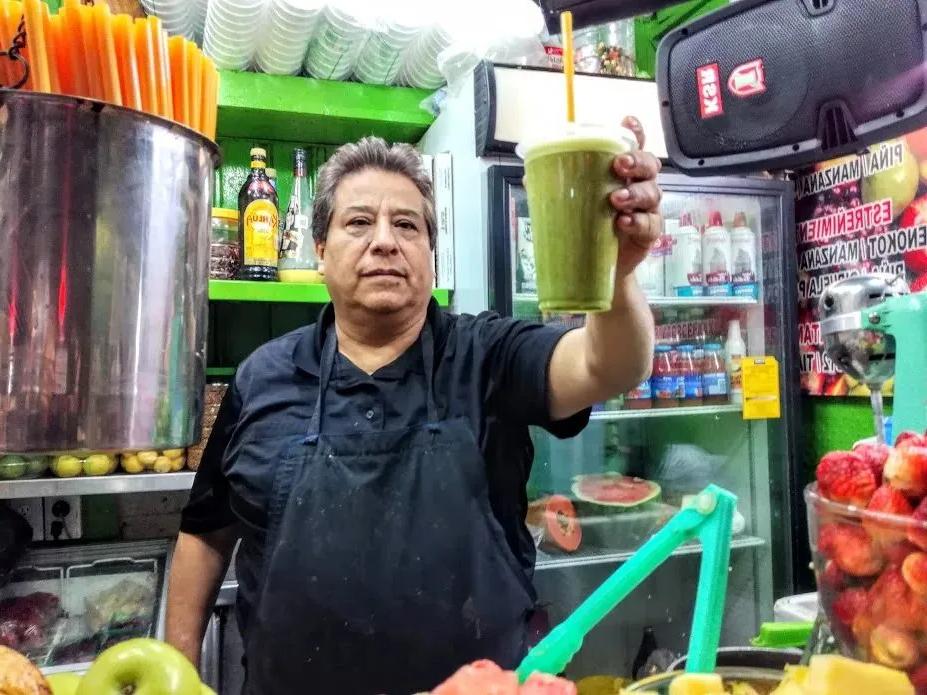
Jugo Verde is as common in Mexico as bubble tea is on our streets.
A refreshing drink for a hot summer day:

Moreover, you can even use cacti to make soup.
Cut into small pieces and slow-cooked, the resulting soup has detoxifying and cooling effects:
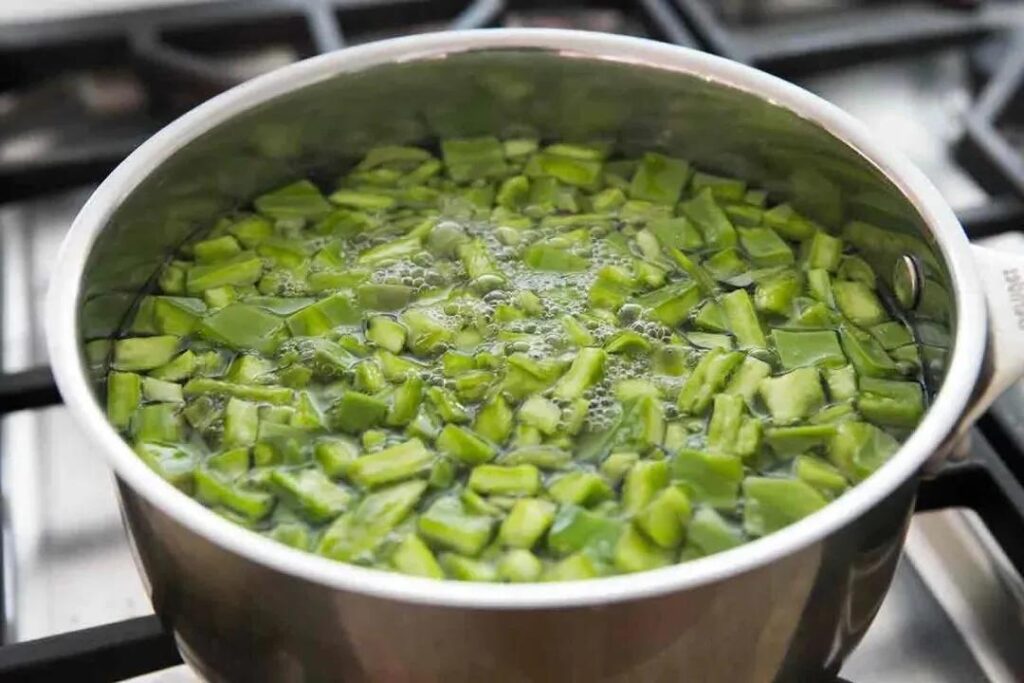
Clearly, cacti have permeated all aspects of Mexican cuisine.
First, start with the kids: Mexican kindergarteners are introduced to specially prepared “cartoon cacti.”
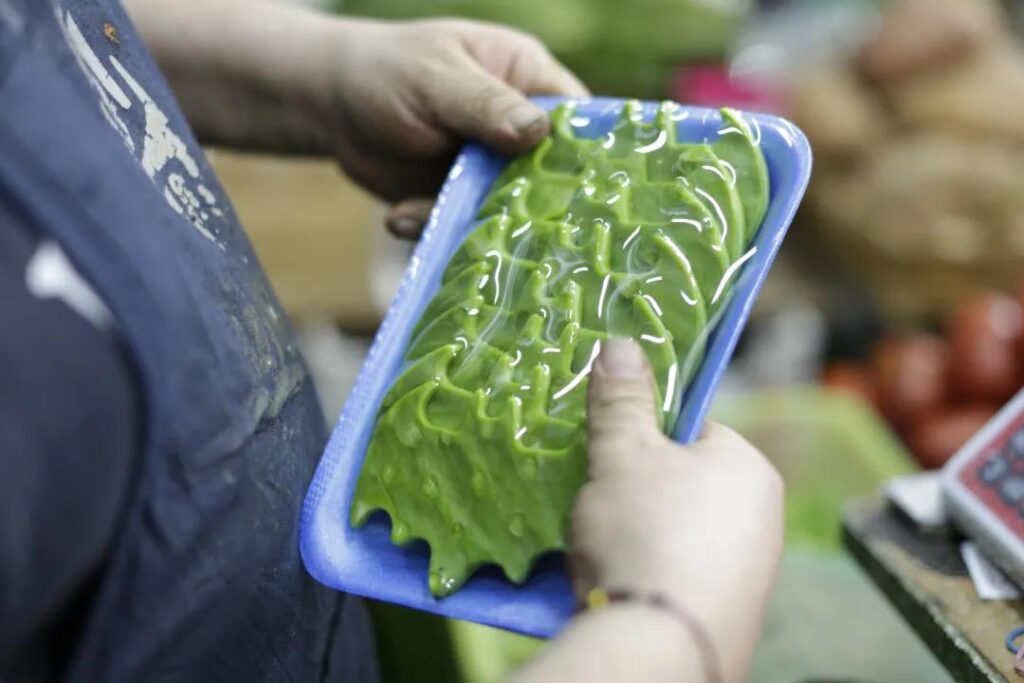
Which includes “Batman Cactus”:
These shaped cacti are made using molds.
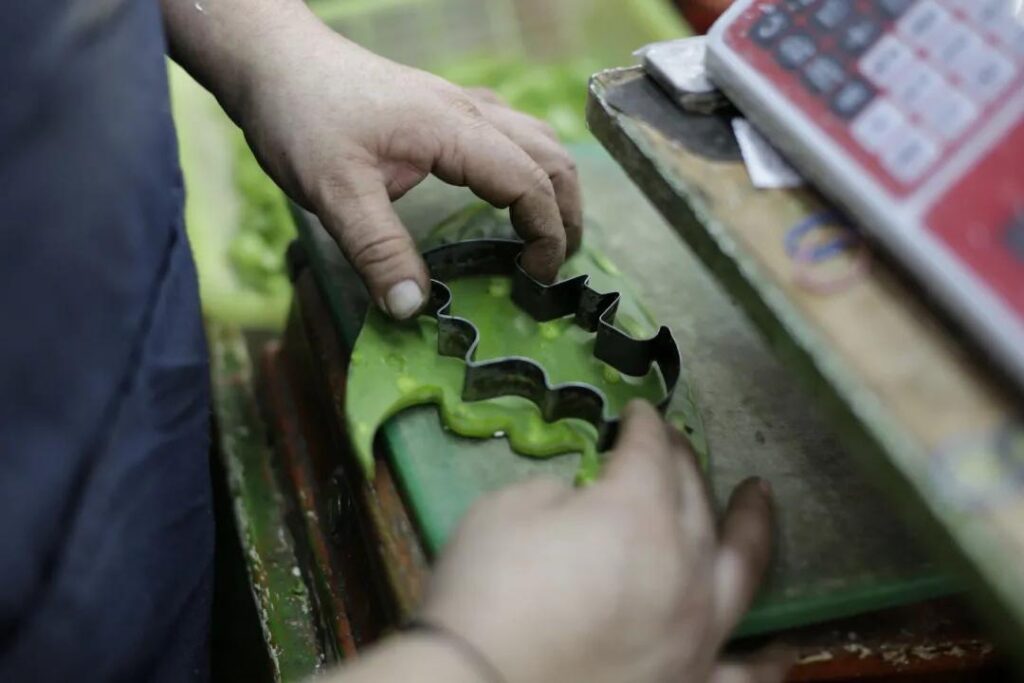
The goal is to cultivate Mexican children’s interest in eating cacti from a young age:
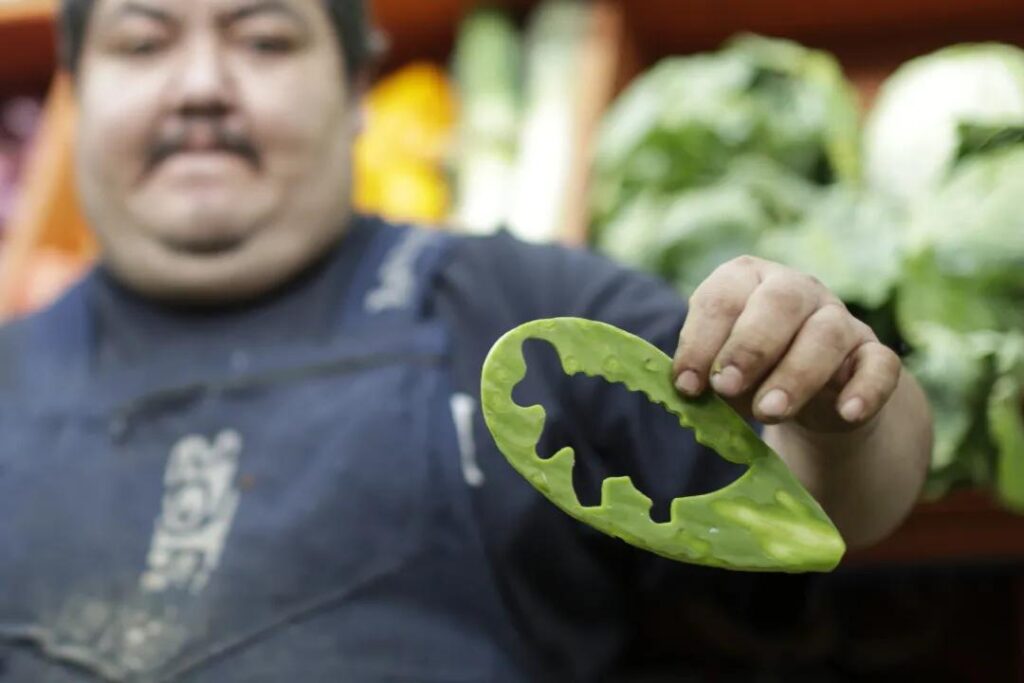
In addition to Batman Cactus, “Dinosaur Cactus” is also a popular item loved by kids:
The final product of Batman Cactus is as follows, and it’s also well-liked by children:
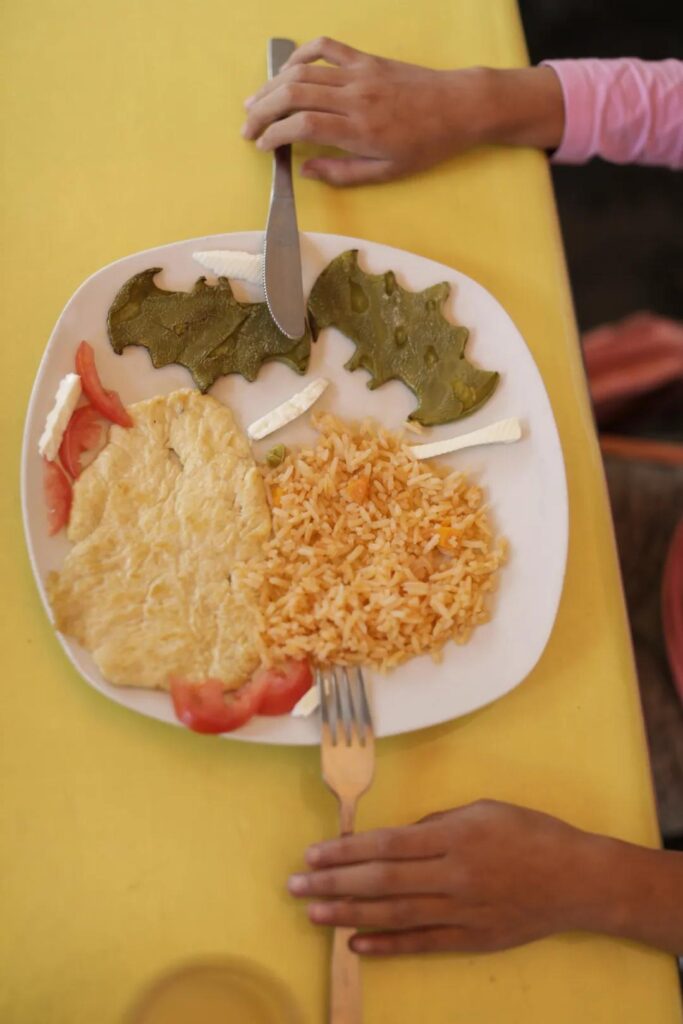
Now, let’s talk about the adults.
In 2010, former Santa Cruz City Council member Tony Madrigal led a group to plan the first Cactus Festival.
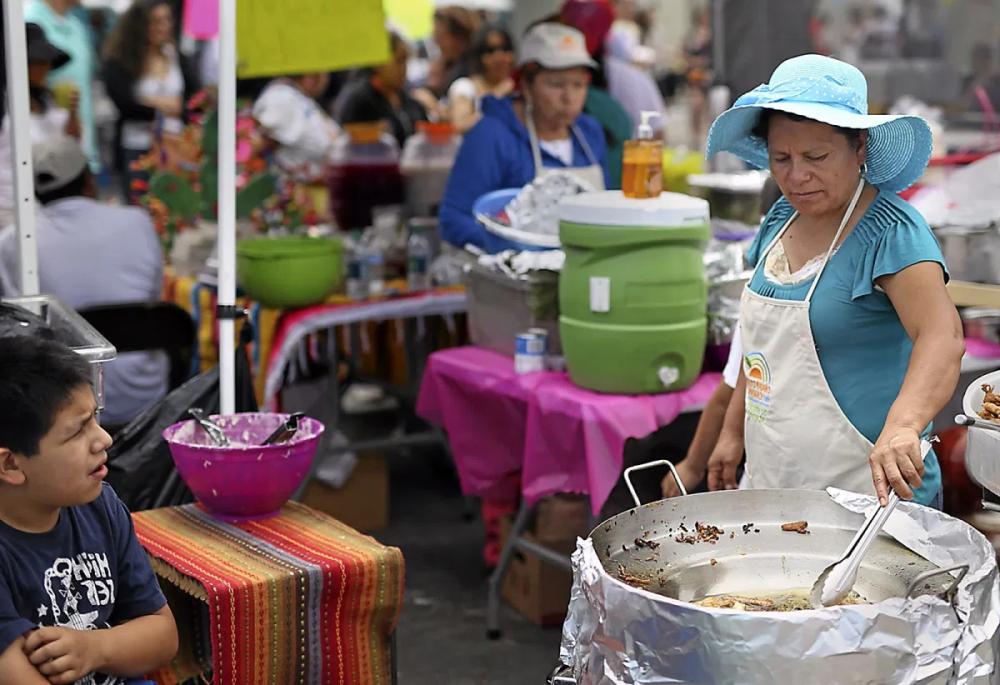
Over the years, this event has grown from a small gathering into a small festival.
The highlight is a cooking competition using cacti as the main ingredient, which we would probably call a “Cactus Food Festival.”
Today, the significance of cacti to Mexico goes far beyond just being a food source.
